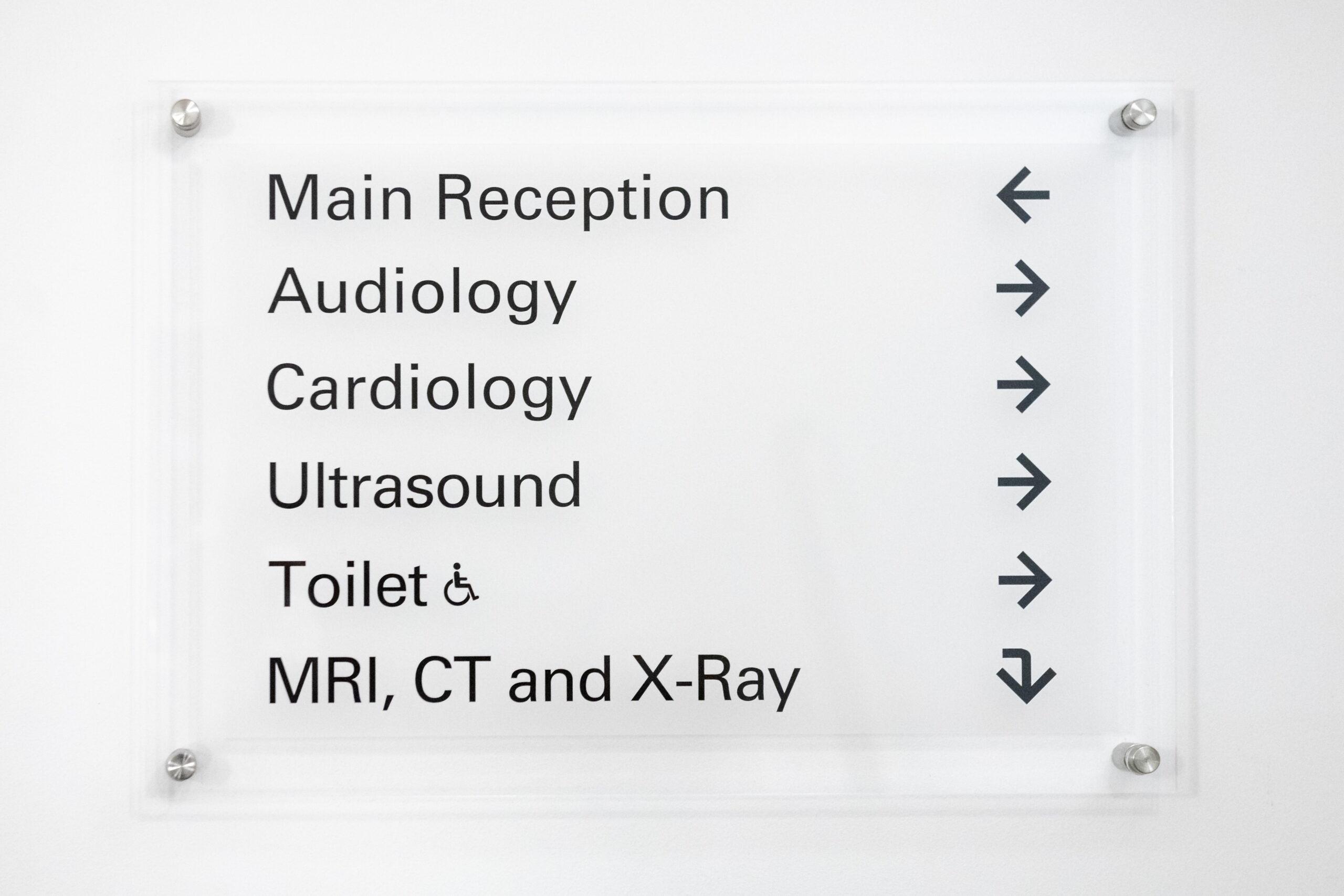What is an aortic aneurysm?
An aneurysm is a deteriorated area in the aorta, which is a major blood vessel that feeds blood to the body. When the aorta is weak, blood pushing against the vessel wall can cause it to swell like a balloon. A thoracic aortic aneurysm (TAA) occurs in the wall of the aorta above the heart, in the chest, while an abdominal aortic aneurysm (AAA) occurs much lower down in the abdominal aorta.
Large, fast-growing aneurysms may rupture, but small and slow-growing aneurysms may never rupture. Aneurysms tend to be asymptomatic and if they rupture, can be fatal. It is therefore important to identify and monitor them to ensure the correct course of treatment for you. One way of doing this is to get an MRA scan.



